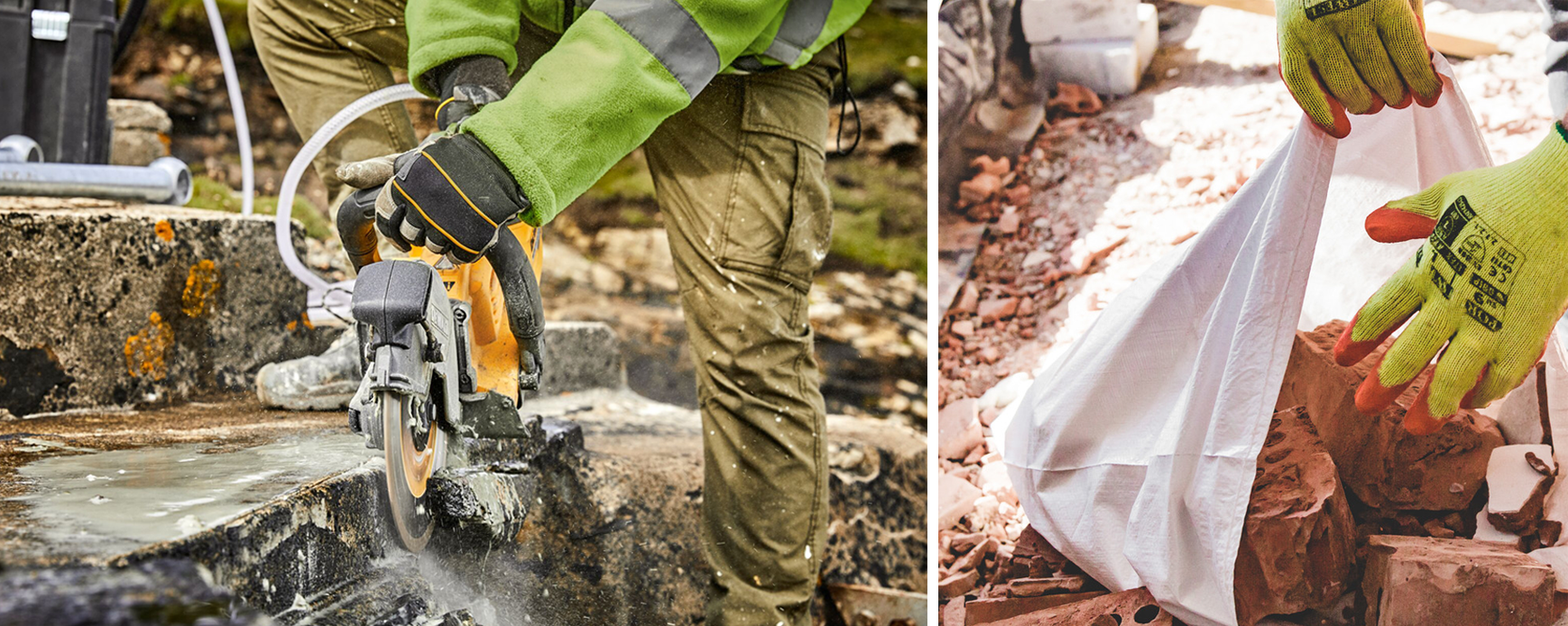When building a new home or extending your current home the amount of insulation will be dictated by building control. You could always increase on what they suggest if you’d like to try to reduce your heat loss even further.
Modern standards are pretty high and you do get to a point where it’s no longer cost effective to just keep adding insulation. However, traditionally builders and insulation companies tend not to use Vapour control layers or breather membranes when installing insulation so there is always ways of improving the efficiency of your insulation regardless of the age of your home.
Retrofitting / Refurbishing:
The two main areas where people retrofit insulation are the loft and the walls, but you should also consider insulating any suspended timber ground floors you have. But even in these areas there are lots of different wall and roof construction types out there and these all have different requirements when it comes to retrofitting the best insulation for homes.
When retrofitting there will be certain insulation types that you simply can’t use, such as solid insulation sheets like polystyrene sheets or foil backed PIR boards etc. when installing cavity insulation to an existing property, as you can’t gain access to the cavity in order to fit them.
And don’t forget that when you add or upgrade insulation you’ll need to add a vapour control layer (VCL) on the warm side of the insulation (NOT a vapour barrier) and a breather membrane on the cold side of the insulation. The VCL restricts the amount of water vapour entering the insulation. Failure to install a VCL would allow water vapour to permeate the insulation causing interstitial condensation within the insulation, reduce its effectiveness and could potentially cause rot to timbers.
The breather membrane will help reduce heat loss from wind wash (where air movement over the insulation draws heat out of it), reduce draughts from uncontrolled ventilation and allow any water vapour within the structure or insulation to escape, but more about that later.
Insulation Materials:
Traditional or manmade insulation is what the vast majority of homes will have within them. But there are, in my opinion, a lot of downsides with this form of insulation. Not lease the Volatile Organic Compounds (VOCs) that they give off, the fact that they do not readily absorb or release water vapour and the fact that they are chemical based, to name a few.
The most common forms of the traditional insulation materials are as follows:
- Rigid Foam Insulation– rigid insulation is commonly used in the walls, floors and ceilings.
- Wool Type loft insulation – this is the most common form of loft insulation for cold roofs and is typically Fibreglass or Mineral fibre based. It is typically installed in lofts but is sometimes used as cavity insulation where it can cause big problems.
- Aluminium foil backed insulation – If your loft area has “warm roof” insulation (insulation laid between the rafters into he roof rather than the joists, this is likely what you have although I also see Fibreglass wool used.
- Multilayer foil insulation – not as common but is used in more specific applications where other forms of insulation may not be suitable.
- Foam Spray Insulation – this is taking the US by storm, but is it any good? Find out the advantages and disadvantages of this latest insulation option.
- DIY Spray Foam Insulation Kits – It is possible to do it yourself but you’ll need to understand the potential pitfalls before you go down this route.
Natural Insulation Materials:
- Wood Fibre Insulation – my personal favourite for a number of reasons. It can be used as loft insulation, internal or external wall insulation or floor insulation and it’s easy and pleasant to work with.
- Sheep’s Wool Insulation – for some reason this is often viewed as the poor relative when it comes to insulation. But you’ll be shocked when you see what all this innocent, natural material is capable of.
- Blue jean insulation– this is one of the more recent eco insulations made from recycled blue jeans and is becoming more popular. But is it any good?
The Best Insulation for Homes with Cavity Walls:
Traditionally, in a new build cavity wall, there would be a layer of insulation board against the inner leaf of the wall and an air void next to the outer leaf of the wall. But if there are gaps between the sheets of insulation the thermal efficiency for the wall falls off a cliff.
The principle of this was to have a gap next to the outer leaf in order to avoid any moisture that may penetrate the outer leaf from being transported across the insulation to the inner leaf which could cause penetrating damp within the home.
In an existing property with cavity walls you can’t obviously remove the outer leaf to install insulation boards and maintain a gap. So the only options are to pump in insulation or insulate externally or internally. But the latter two usually aren’t done due to the increased costs involved. Filling an existing cavity with insulation can raise its own issues which are explained in my article on cavity wall insulation problems below.
There are of course a few types of cavity fill insulation that are available but I’m not a fan of many of these for reasons I’ll go into within the articles below.
- Blow in insulation for cavities – this is a form of cavity wall insulation that can be easily retrofitted to your home to either top up your existing insulation or to fill empty cavities.
- Cavity Insulation Problems– There are potential issues with retrofitting cavity wall insulation that you need to be aware of before going down this route.
- Cavity fill Insulation Advantages and Disadvantages – If you’re considering installing insulation into your existing cavities then you ned to know the advantages and disadvantages of the various different types of insulation you could choose
The Best Insulation for Homes with Solid Walls:
If your existing property has solid walls then your only option is to insulate internally or externally. You have a huge choice of materials but you should use a material that is breathable and install a vapour barrier or VCL and an airtightness layer if you want to do it right. Have a read through the articles below to see what the advantages and disadvantages of each are and why the majority of these types are installed incorrectly, without vapour barriers, VCLs and airtightness layers.
- External Insulation – Where you physically add insulation to the exterior surface of your main walls. But there’s more to it than you might think.
- Internal Insulation – As the name suggests, this type of insulation is added to the inner surface of the main walls of your house. But, you guessed it, it’s that straight forward, there are some things you MUST include.
Best Insulation For Homes with Suspended Timber Floors:
- If your home has suspended timber floors on the ground floor there’s a good chance that they’re pretty draughty and uninsulated. Some people add rolls of fibreglass wool between the floor joists held in place with chicken wire but this isn’t ideal and thermally isn’t great. The good news it that once you’ve decided to do it the extra stages involved in insulating your suspended timber floor right aren’t that difficult and will make a massive difference to how the floor insulation performs.
- How to install suspended timber Floor insulation – find out how to install your underfloor insulation the right way.
Best Insulation For Loft Insulation:
- When upgrading the insulation in your loft area it will depend on whether you have an open loft or a room in roof type loft. Both can be done but the latter will be more difficult unless you’re about to carry out refurbishment works anyway.
- Warm Roof – this type of involves fitting the insulation to the underside of the roof cover (between the rafters) allowing heat up into the roof void hence the name “warm roof”.
- Cold Roof – this type is where you lay the insulation on top of the ceiling of the habitable rooms (or between and on top of the joists). When installing or upgrading your loft insulation there are a few very important steps that are normally missed but if done correctly will increase the performance of your insulation and help you avoid future issues.
- Cold roof insulation is the most common type within traditional houses while a “warm roof” is more common in chalet style houses where you have habitable rooms within the loft area.
* * *
Types of Trade
- Architectural services →
- Bathroom fitting →
- Bricklaying & Repointing →
- Carpentry & Joinery →
- Conservatories & Greenhouses →
- Damp Proofing →
- Demolition & Clearance →
- Driveways & Paving →
- Electrical →
- Extensions & Garden rooms →
- Fencing →
- Flooring →
- Gardening & Landscaping →
- Groundwork & Foundations →
- Guttering, Fascias & Soffits →
- Heating work →
- Insulation →
- Kitchen fitting →
- Locks & Security →
- Loft conversions →
- Painting & Decorating →
- Plastering & Rendering →
- Plumbing →
- Repurposing outbuildings →
- Restoration & Refurbishment →
- Roofing & Scaffolding →
- Stonemasonry →
- Tiling →
- Tree surgery →
- Window & Door fitting →
- Wood burners & Chimneys →
Contact HH&M
HH&M’s services
- Assembling things →
- Building & Maintenance →
- Decorating & Painting →
- Gardening & Groundworks →
- Moving things →
Get a free quote
Horley by area
Although Horley does not have named-on-road-sign neighbourhoods—like Crawley does—the following areas are commonly referred to:
01. Hookwood/Povey Cross
Hookwood/Povey Cross →
Hookwood and Povey Cross are on the western outskirts of Horley. Many international hotels are situated here as is Tesco Hookwood. Several large housing developments are planned here. Hookwood and Povey Cross are directly beside the airport.
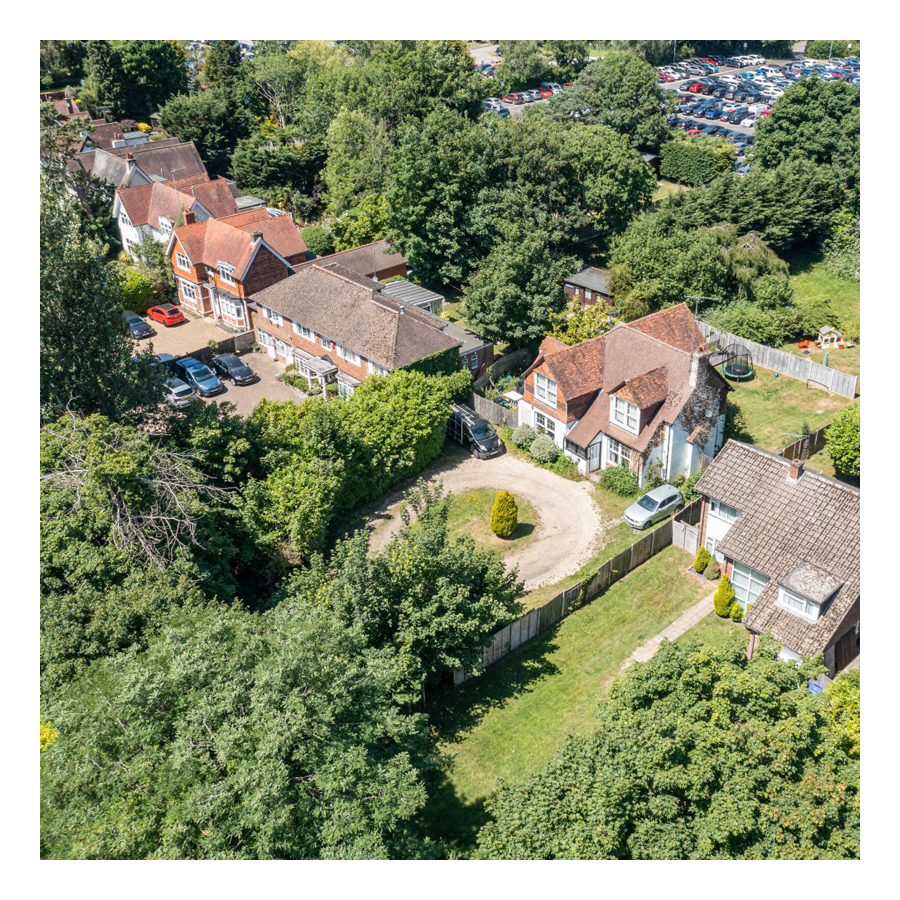
02. Gardens Estate
Gardens Estate →
Gardens Estate is very close to Gatwick airport and those working at LGW can easily access the terminal building via footpaths from the recreational area, Riverside Garden Park via the underpass of Gatwick airport station.
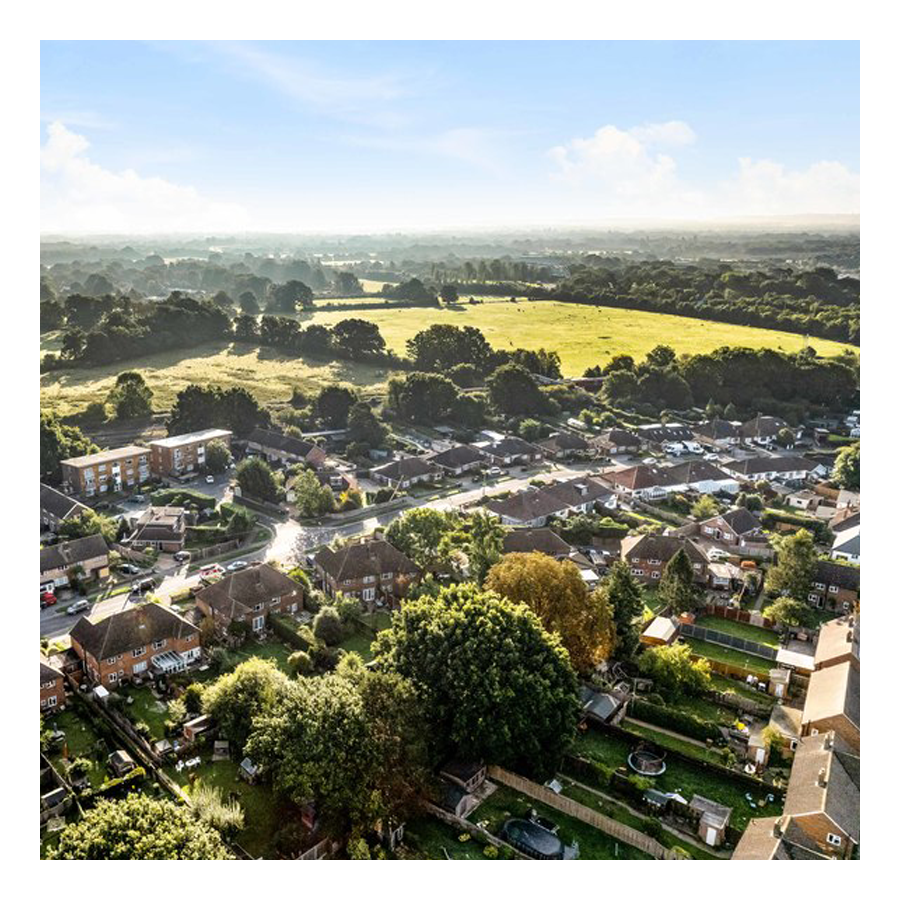
03. Haroldslea
Haroldslea →
This area comprises: The Balcombe Road (B2036) and the roads leading from it between Oakwood School and the A23/M23 link road flyover. For example, Limes Avenue which was originally laid out in 1936 and still retains some of the Lime trees planted at that time.
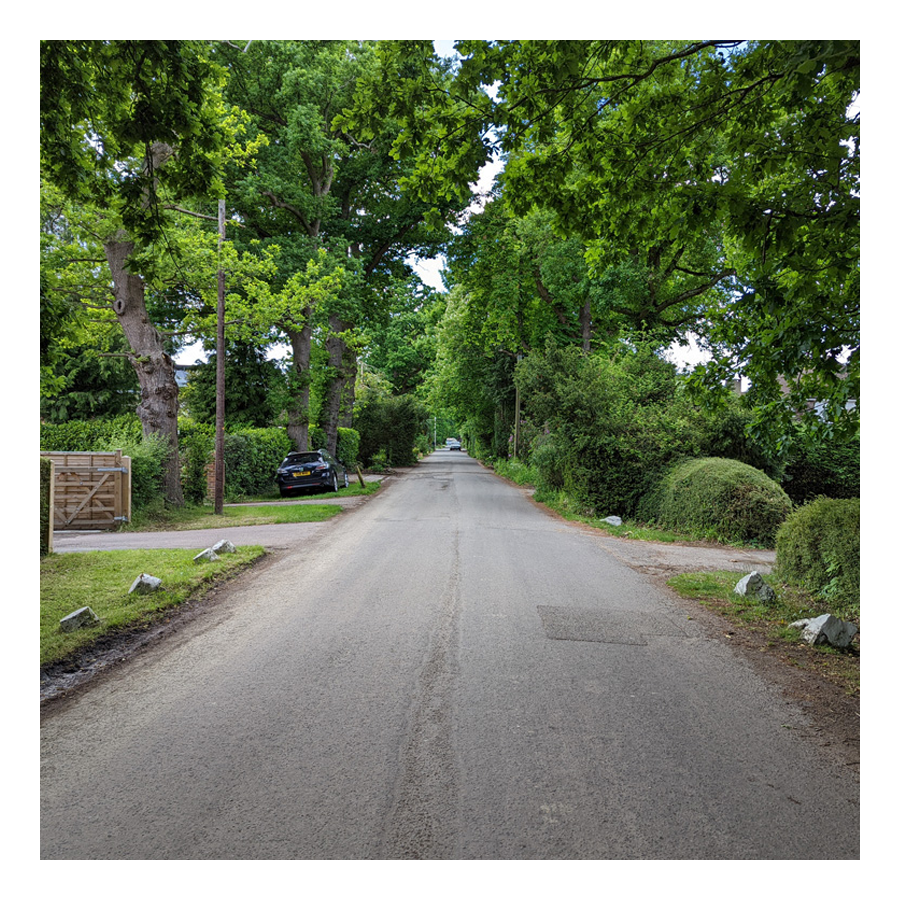
04. Court Lodge
Court Lodge →
This neighbourhood was set out in the 1950s and 1960s. It has a mixture of flats and houses. It is home to Horley leisure centre, several airport hotels and a couple of places of worship.
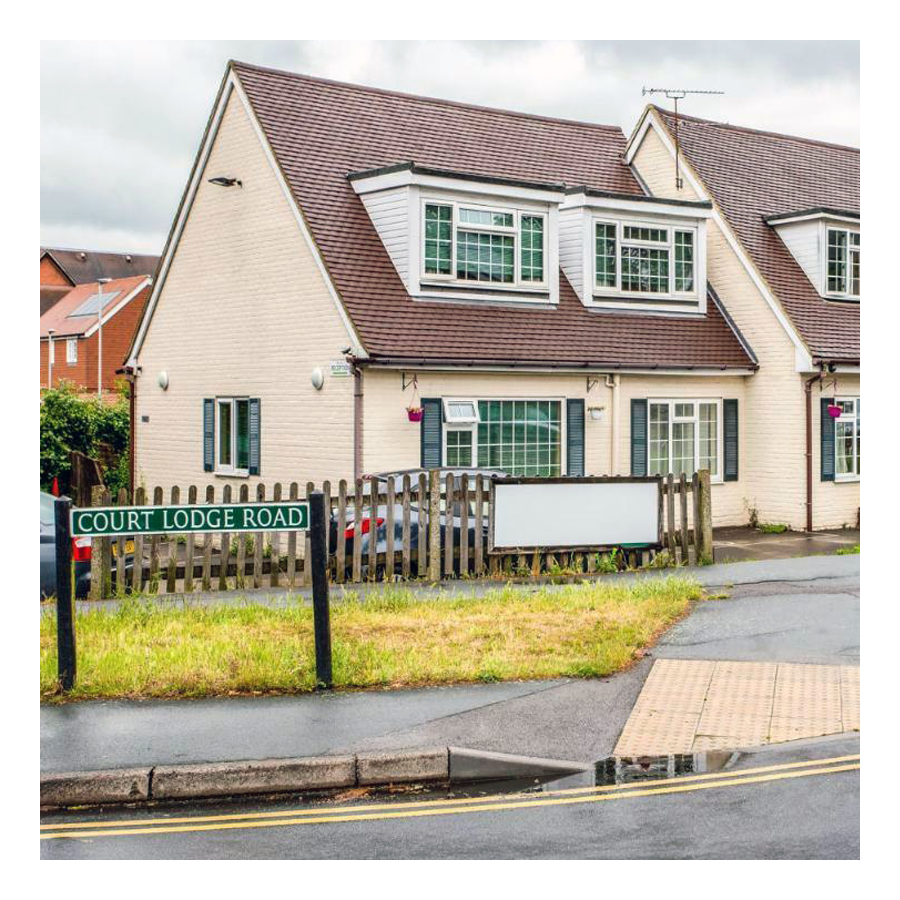
05. Horley Central
Horley Central →
This area includes the town centre which has quite a lot of purpose built residential flats and roads such as Church Road, Massetts Road, Pine Gardens, Ringley Avenue and, Russells Crescent.
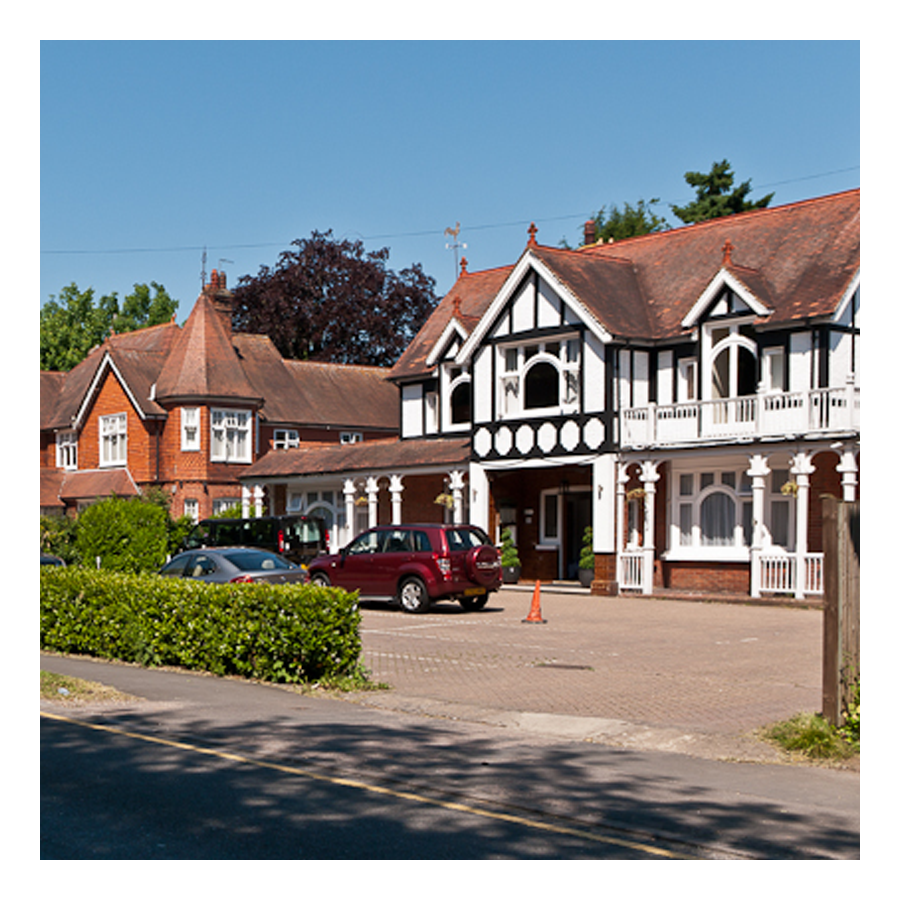
06. Langshott
Langshott →
This area of Horley stretches eastward towards Smallfield. Immediately to its north is the new estate called The Acres. This area is home to Langshott Manor, which was built in 1580; it is now a luxury hotel.
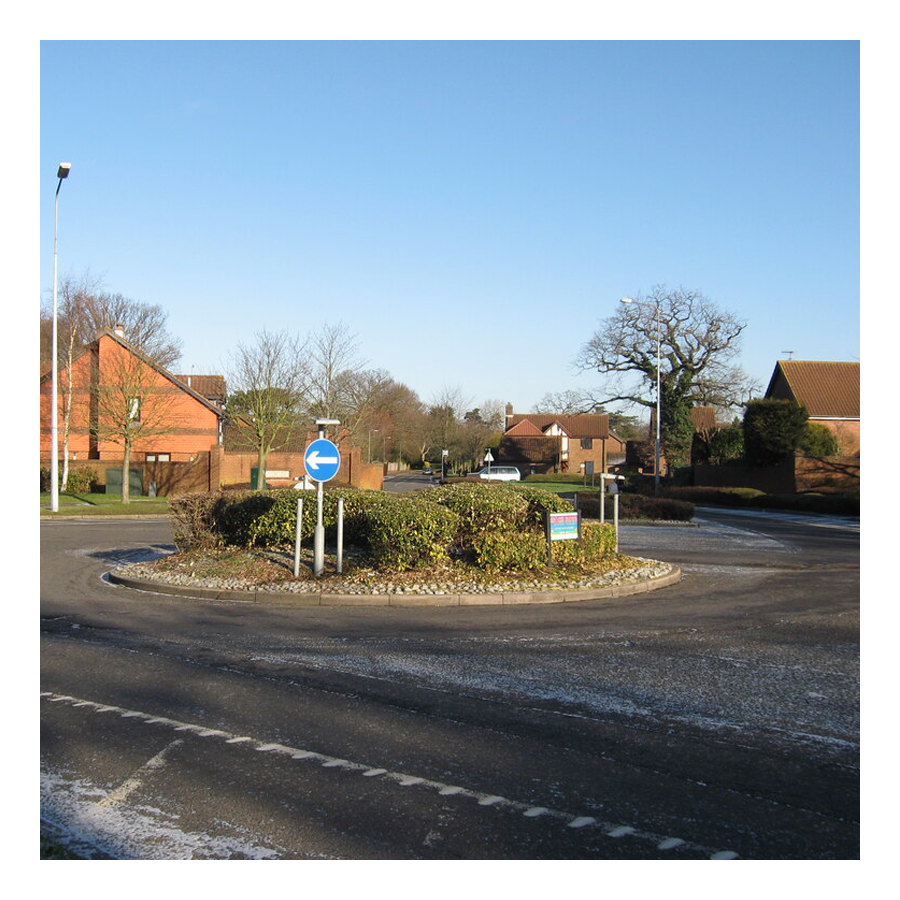
07. Meath Green
Meath Green →
Once upon a time this area was called Moy Grene, and it has some of Horley’s oldest homes. Today, the vast majority of the homes in this area where built from the late 1950s onwards.
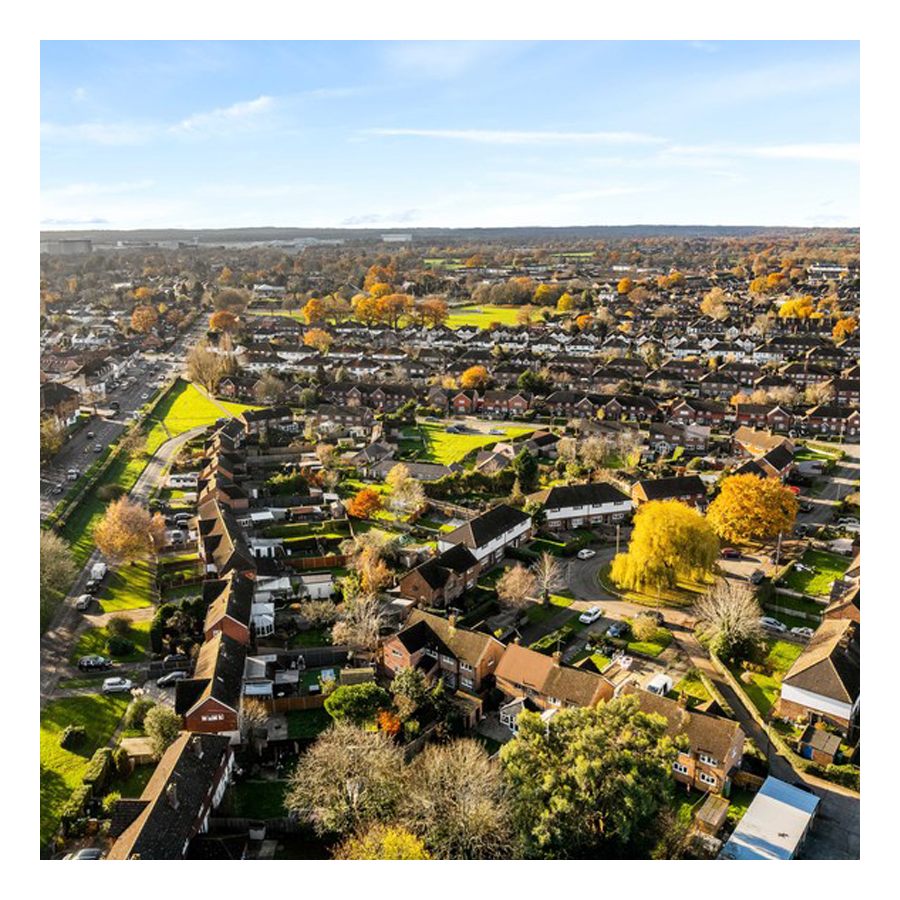
08. The Acres
The Acres →
This new neighbourhood of over 700 homes is in the north east of Horley and Langshott. The development was built mostly by Barratt and Bovis Homes between 2010 and 2016.
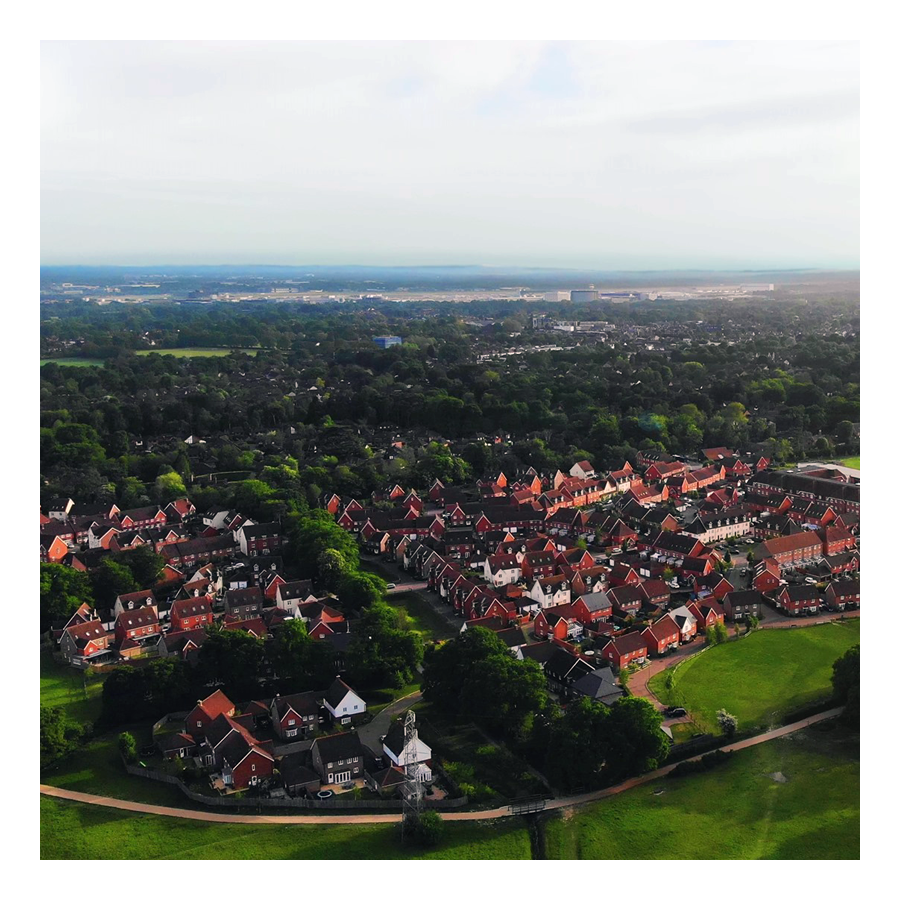
09. West Vale Park
West Vale Park →
This new neighbourhood is to the north west of Horley and joins onto Meath Green. To date, around 1,600 new homes have been constructed:
• Crest Nicholson brochure →
• Fabrica brochure →
• Taylor Wimpey brochure →
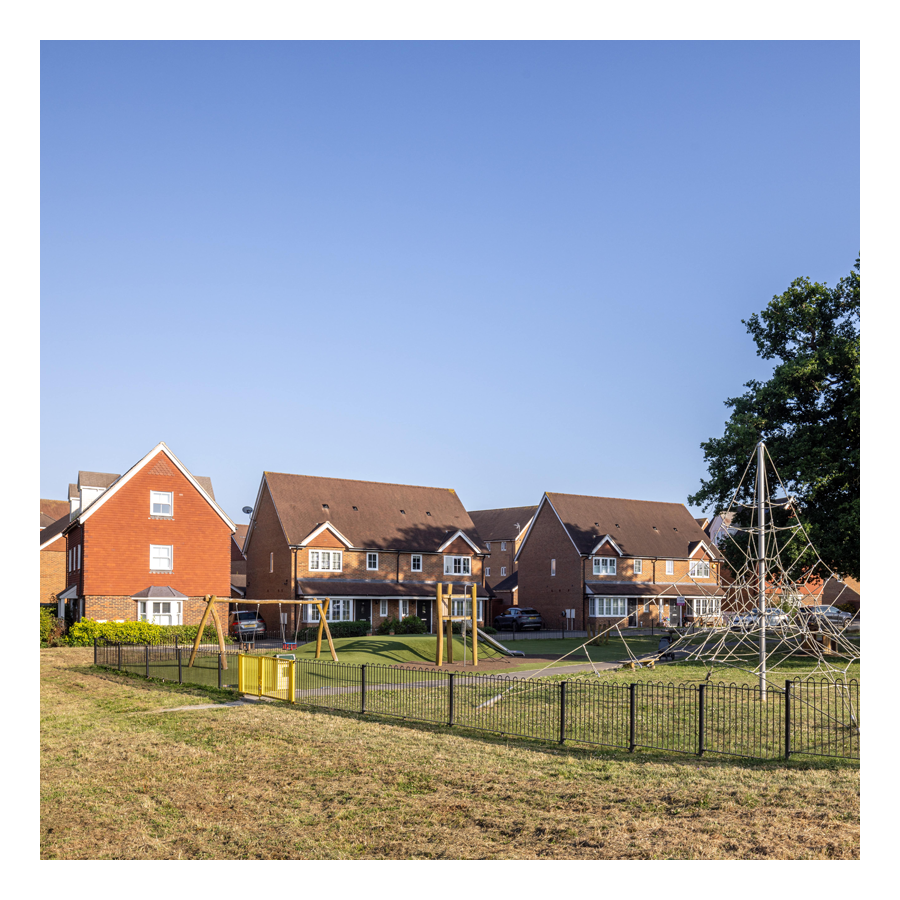
10. Gatwick
Explore Gatwick→
Gatwick airport is included as an area of Horley because historically it was part of Horley and, it remains adjacent to this day. Gatwick, before becoming a major international airport, was a famous horse racetrack which hosted the Grand National on several occasions.
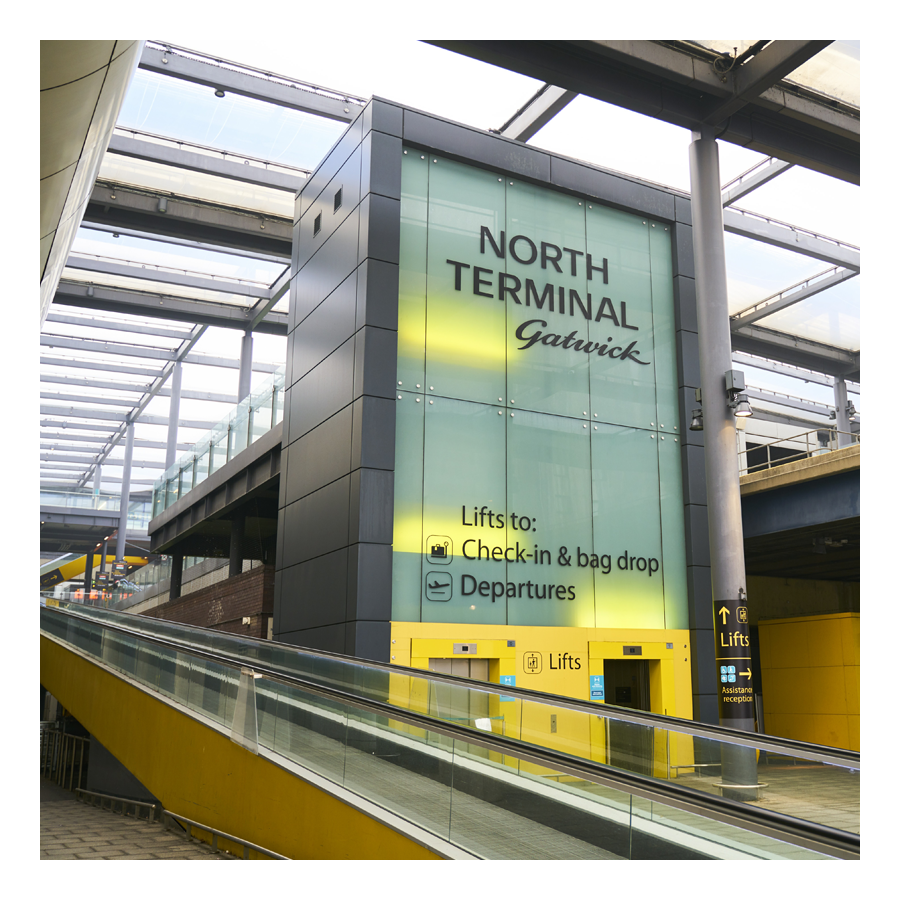
Horley neighbourhoods
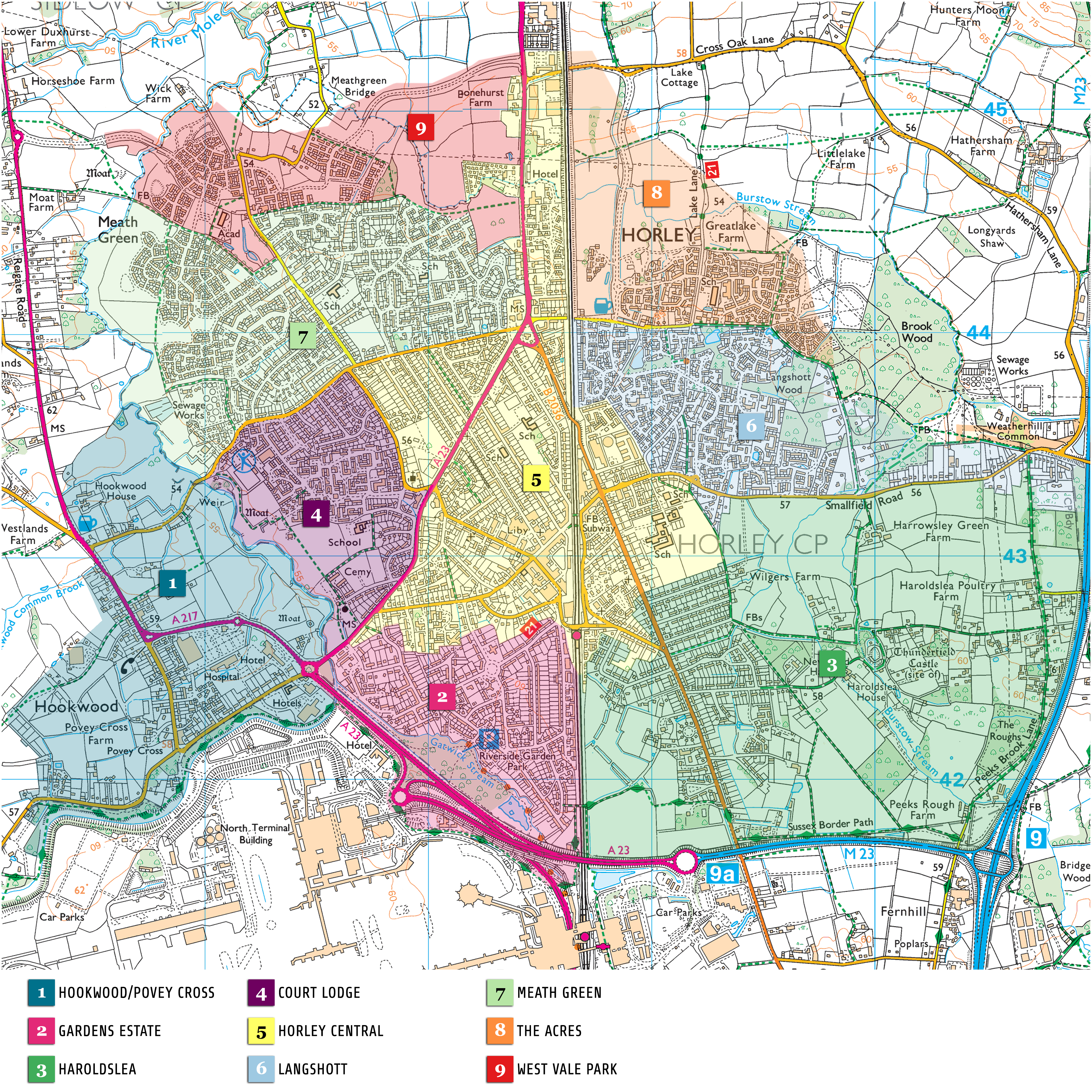
Horley Town


01. Hookwood/Povey Cross
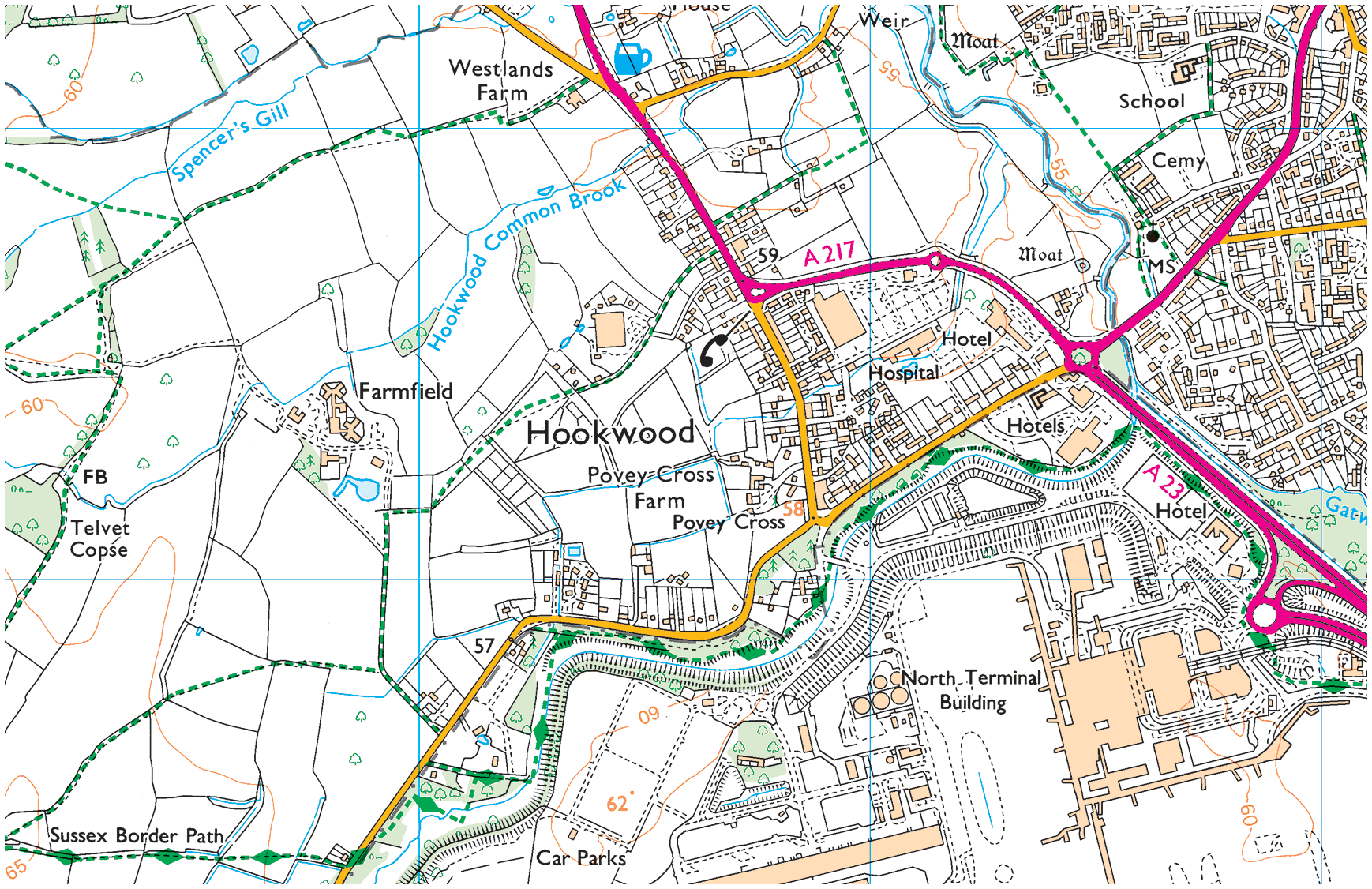
02. Gardens Estate
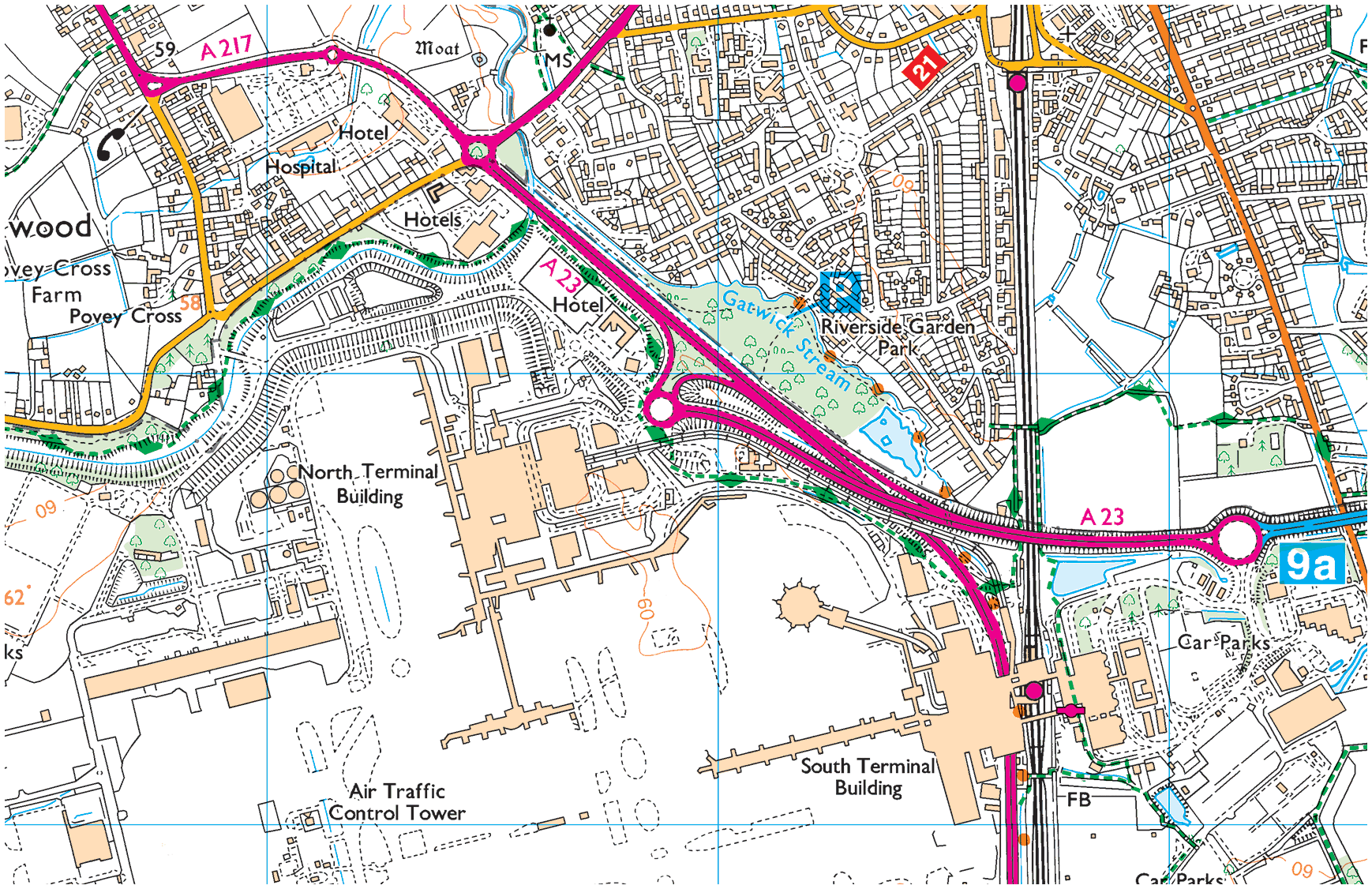
03. Haroldslea
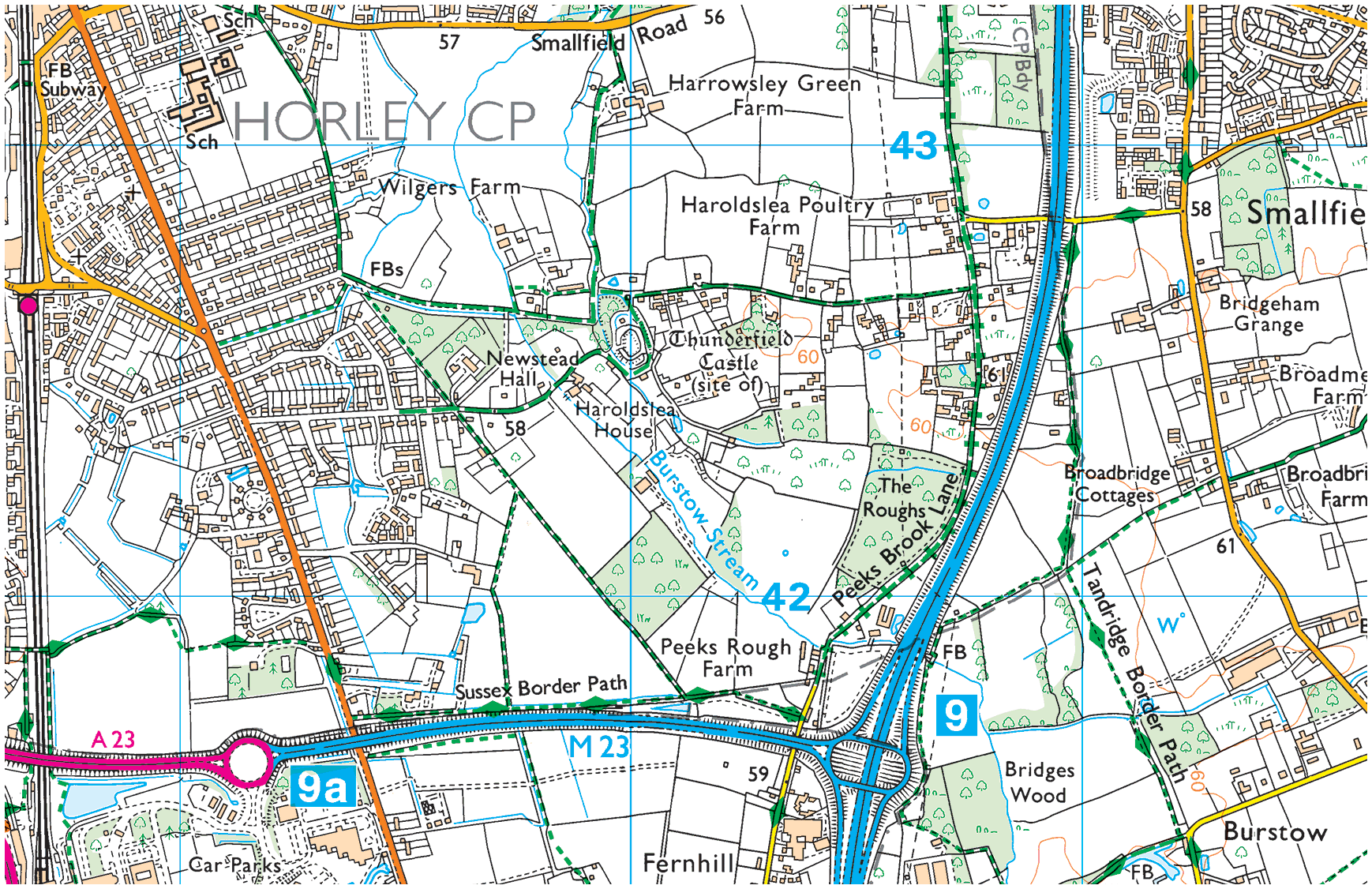
04. Court Lodge
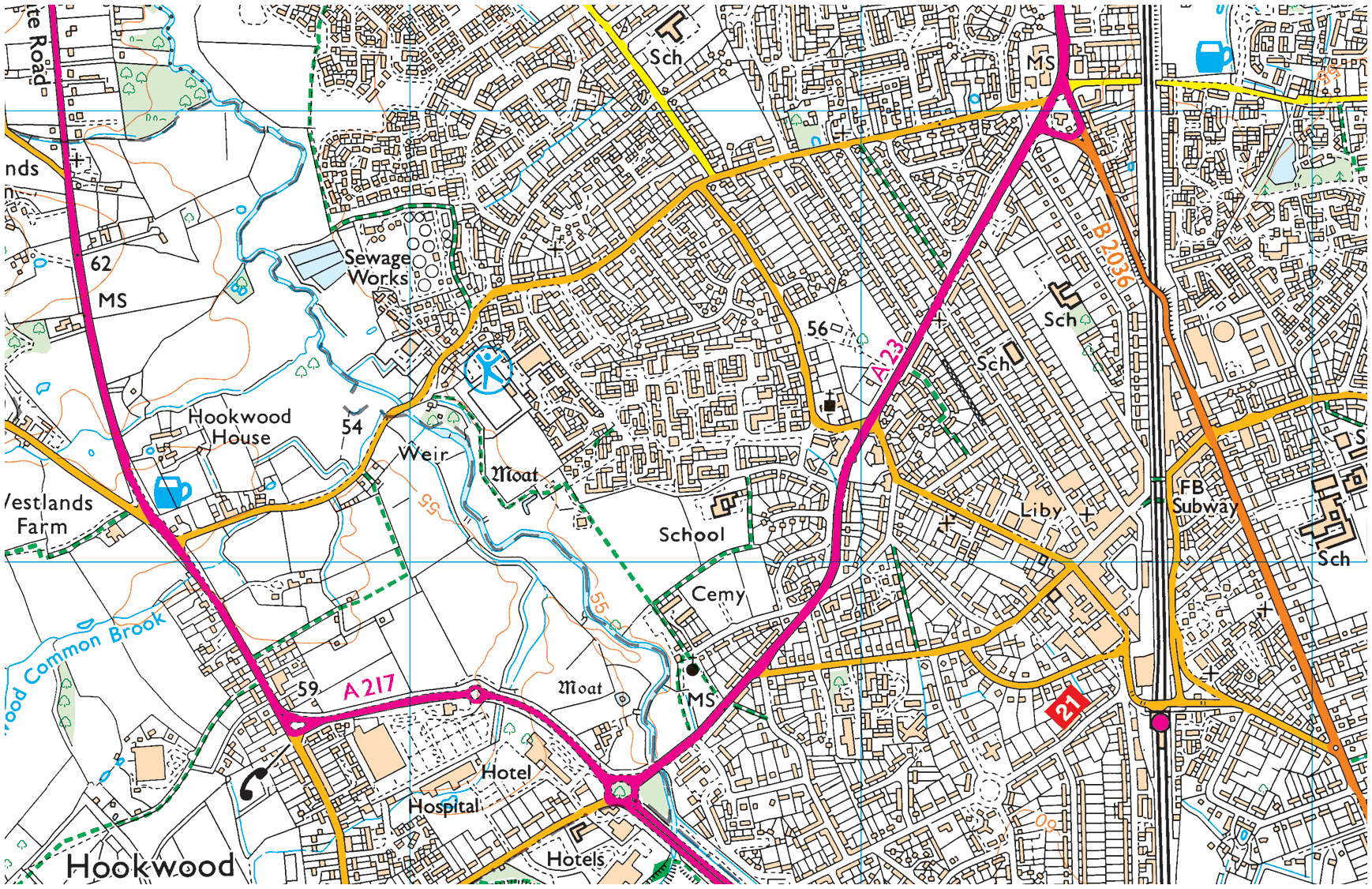
05. Horley Central
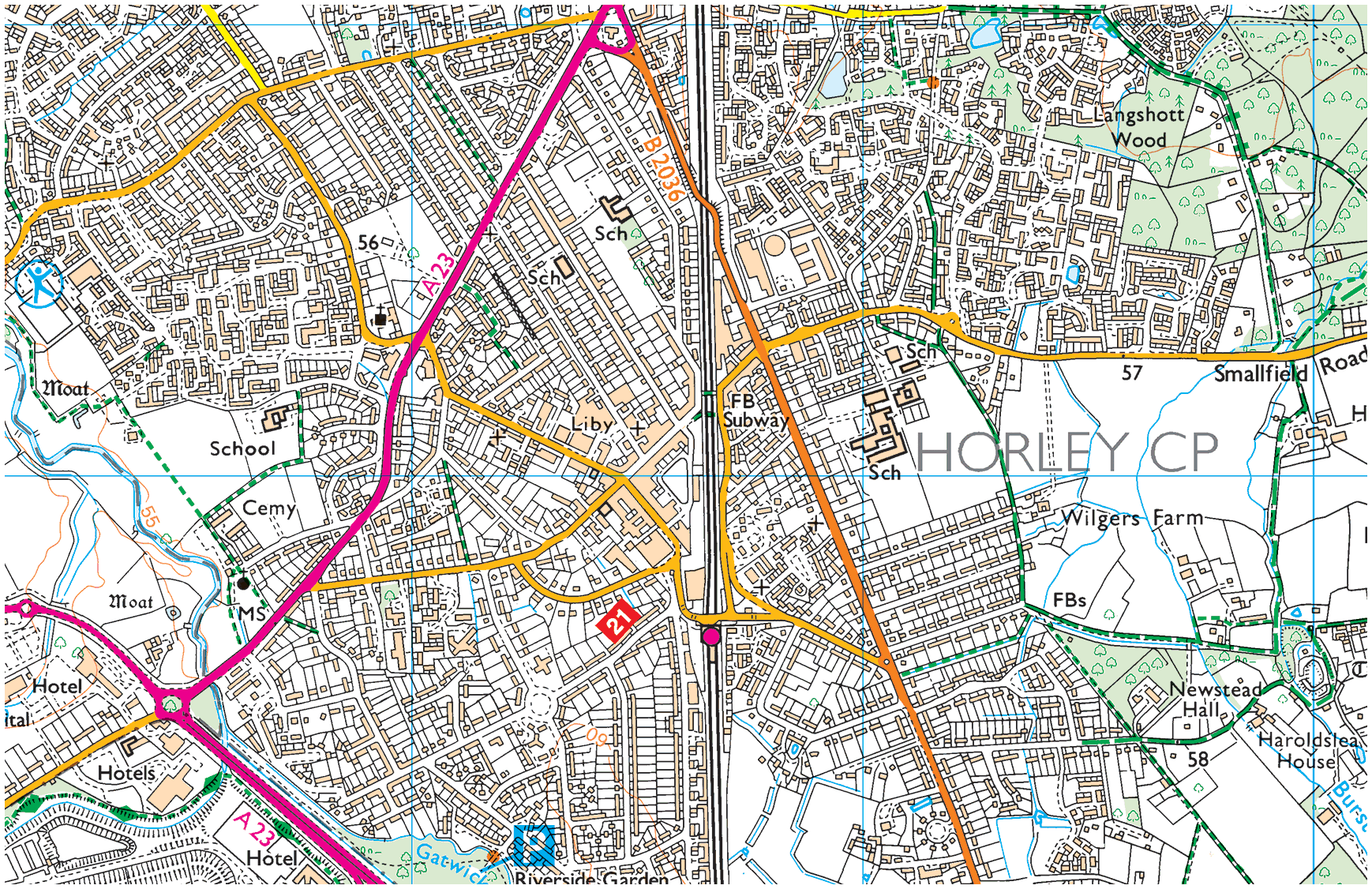
06. Langshott
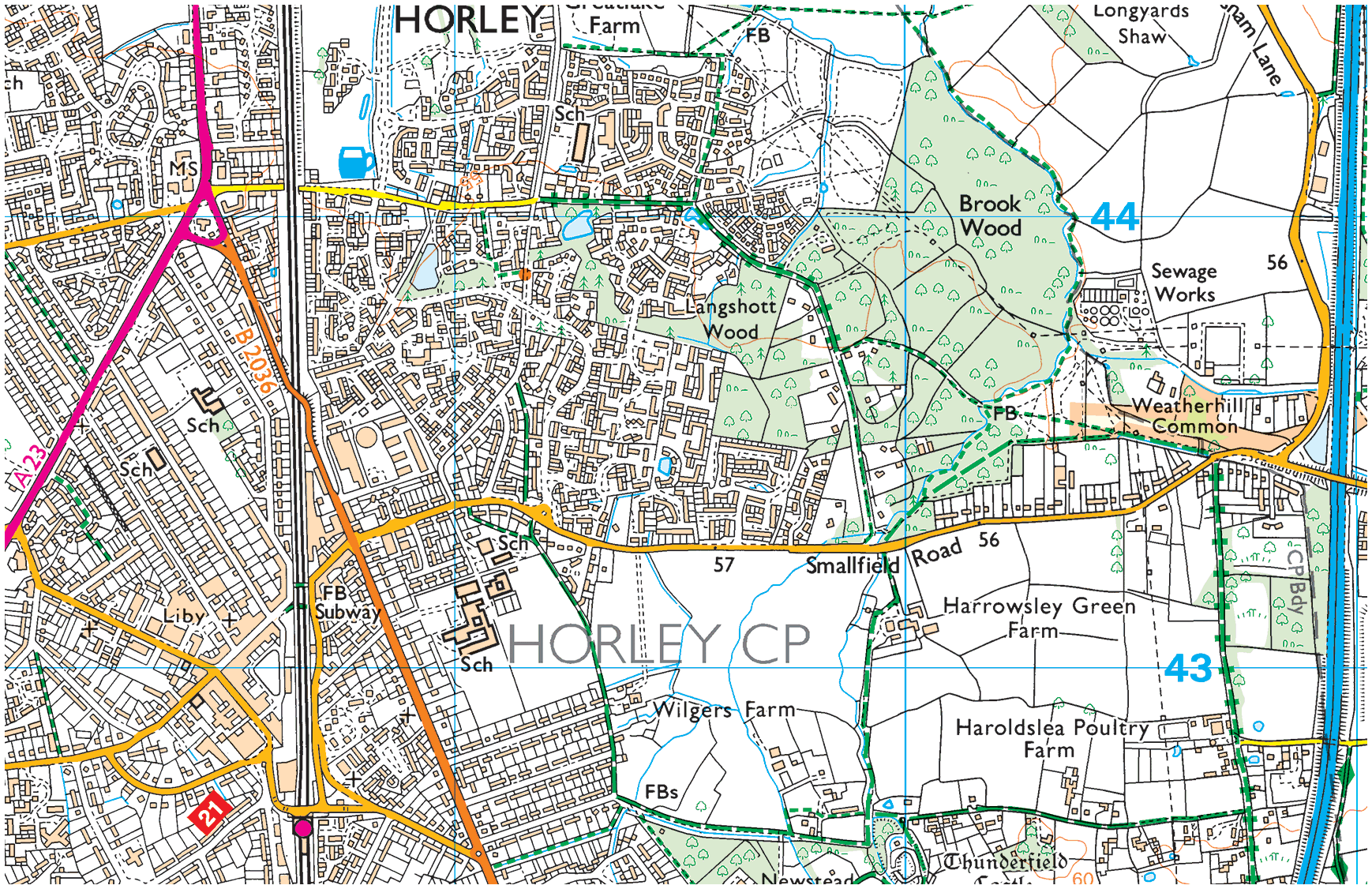
07. Meath Green

08. The Acres
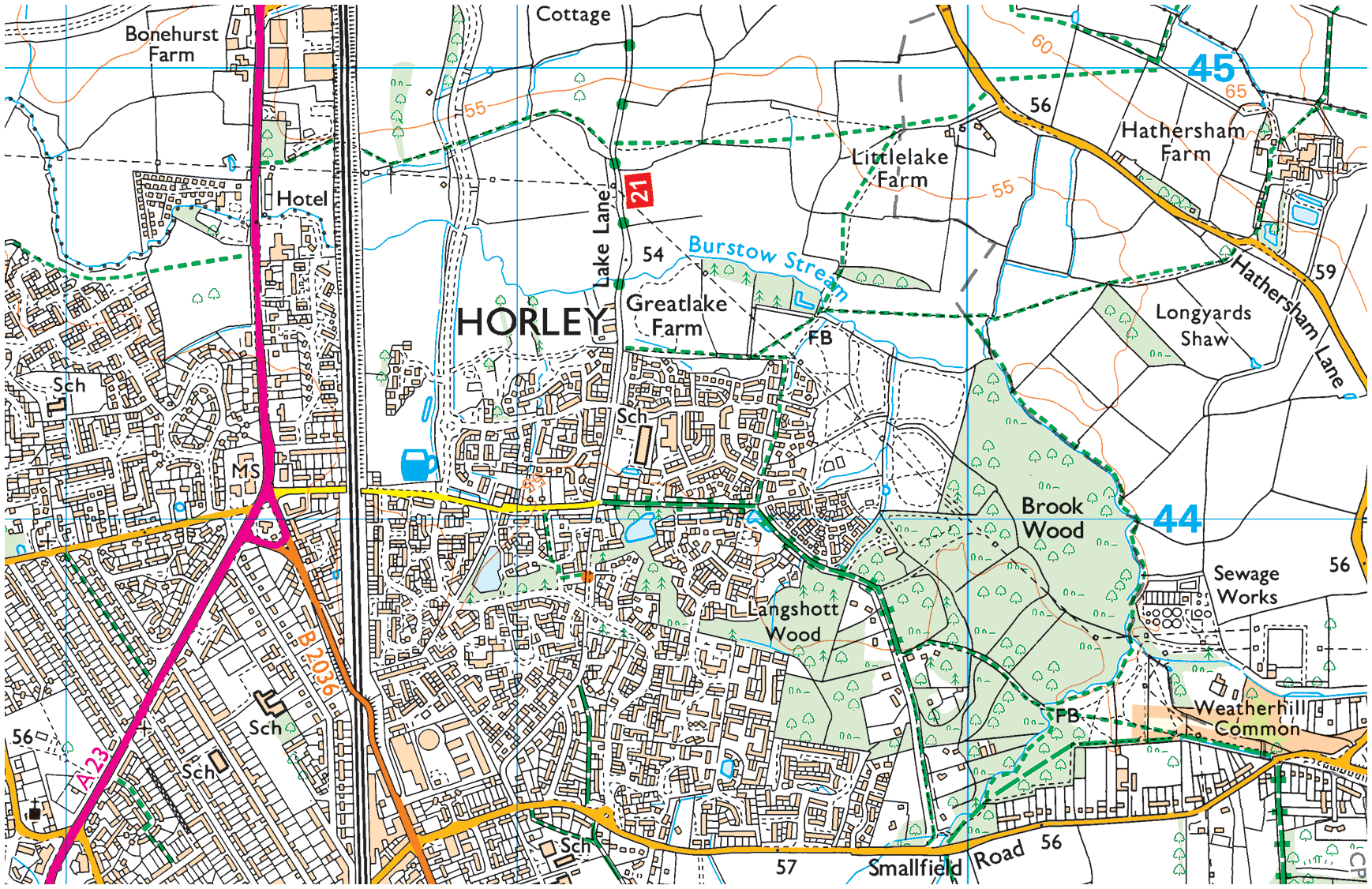
09. West Vale Park
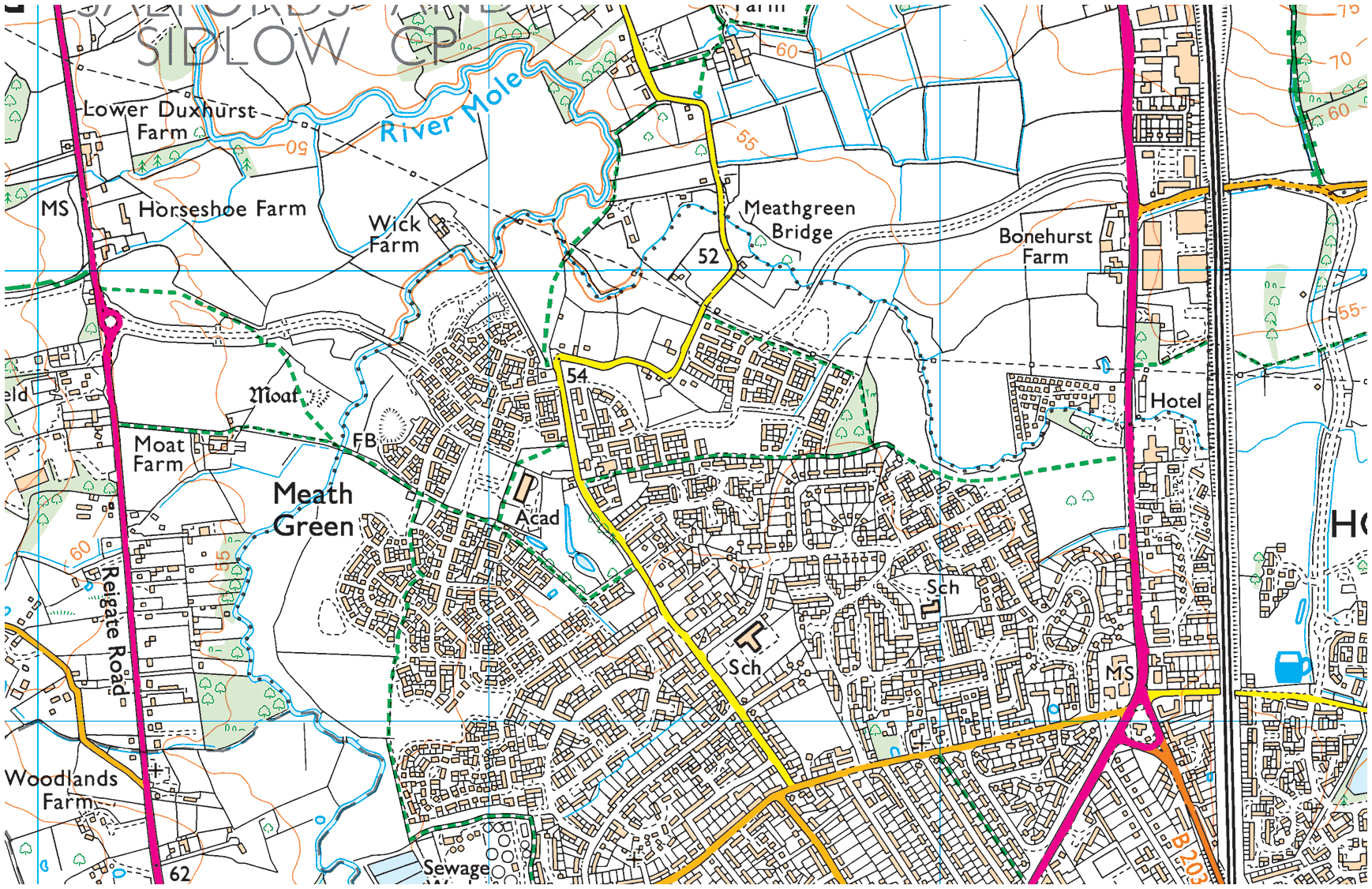
10. Gatwick

